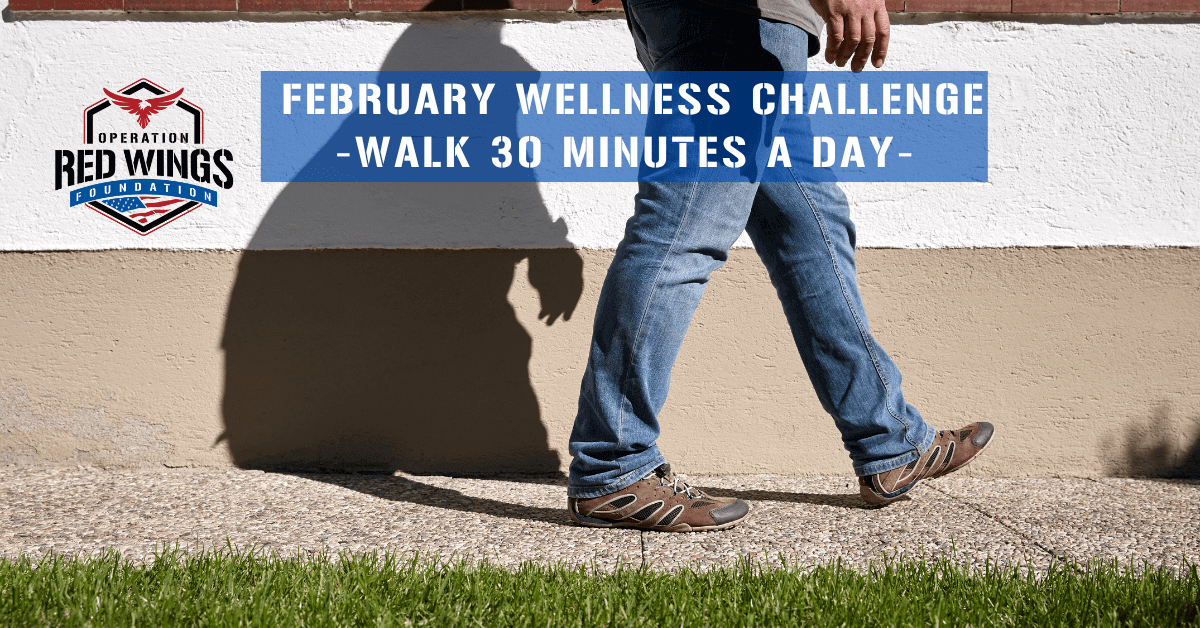Taking a daily 30-minute walk can have numerous benefits for both Veterans and Service Members, particularly when it comes to coping with the invisible wounds of war such as post-traumatic stress disorder (PTSD), stress, and anxiety. In this blog, we will explore the various ways in which a daily walk can help military personnel manage these conditions and improve their overall mental and physical well-being.
First and foremost, walking has been shown to have a positive impact on mental health. It can help to reduce feelings of anxiety and depression, as well as improve overall mood and sense of well-being. For military personnel who may be struggling with the invisible wounds of war, a daily walk can provide a much-needed outlet for stress and negative emotions, helping them to feel more balanced and grounded.
Walking can also be an effective way to manage the physical symptoms of PTSD and other conditions. For example, it can help to reduce the frequency and intensity of flashbacks and nightmares, as well as improve sleep quality. In addition, walking has been shown to increase the levels of serotonin and other neurotransmitters in the brain, which can help to improve mood and reduce feelings of anxiety and stress.
Another benefit of taking a daily walk is that it can provide a sense of structure and routine. For military personnel, who may be accustomed to a very structured daily routine, a daily walk can help to provide some sense of normalcy and predictability. This can be especially helpful for those who may be struggling with the transition back to civilian life, as it can provide a sense of purpose and help to combat feelings of isolation and loneliness.
In addition to the mental and emotional benefits of walking, there are also numerous physical benefits. Walking can help to improve cardiovascular health, lower blood pressure, and reduce the risk of developing certain chronic conditions such as diabetes and heart disease. It can also help to improve flexibility and balance, which can be especially important for those who may be dealing with injuries or other physical challenges.
One of the key benefits of walking is that it can be done almost anywhere, at any time. This makes it a convenient and accessible form of exercise for military personnel, who may not have access to traditional gym equipment or other forms of exercise. It can also be done solo or with a group, depending on the preference of the individual.
Finally, walking can be an excellent way for military personnel to connect with their community and build social support. Whether it’s through joining a local walking group or simply walking with a friend or family member, the social aspect of walking can be incredibly beneficial for those who may be struggling with the invisible wounds. It can provide a sense of belonging and connection, which can be especially important for those who may be feeling isolated or disconnected from society.
In conclusion, taking a daily 30-minute walk can be a simple yet powerful way for military personnel to manage the invisible wounds of war such as PTSD, stress, and anxiety. It can provide numerous mental and physical benefits, as well as a sense of structure, routine, and social connection. If you’re a Veteran or Service Member struggling with invisible wounds, consider incorporating a daily walk into your routine – you may be surprised at the positive impact it can have on your overall well-being.
We hope you join us in the #ORWFWellnessChallenge and make a commitment to yourself! Together, we can take control of our health and live our best lives.






